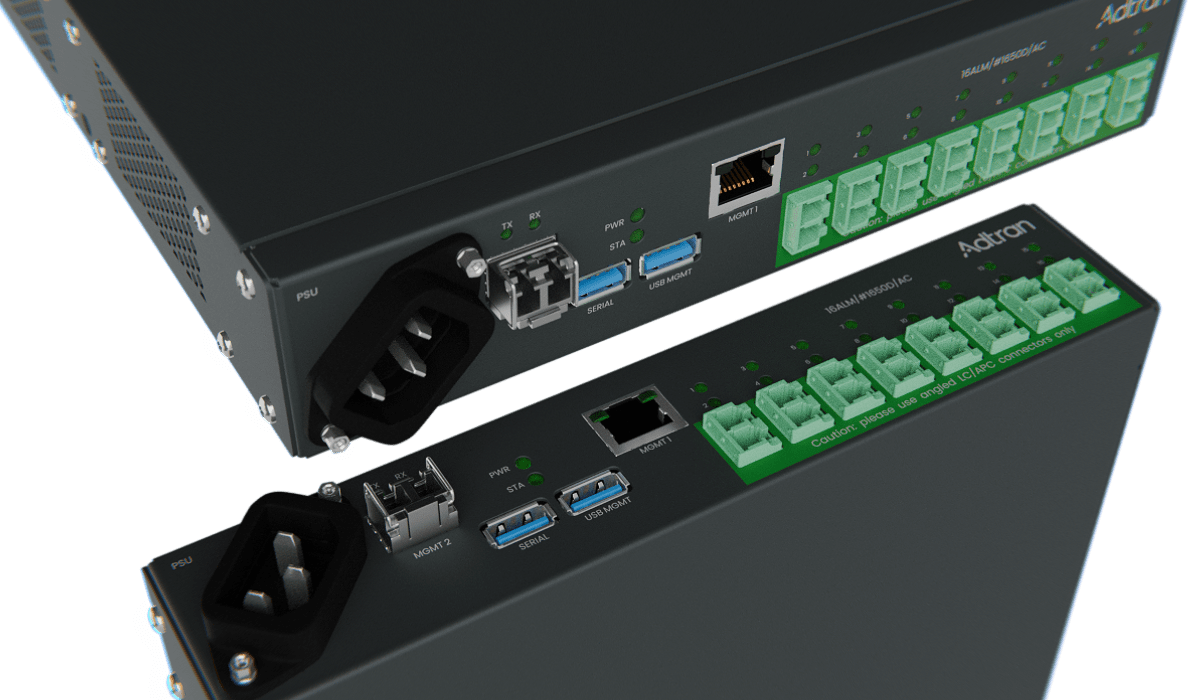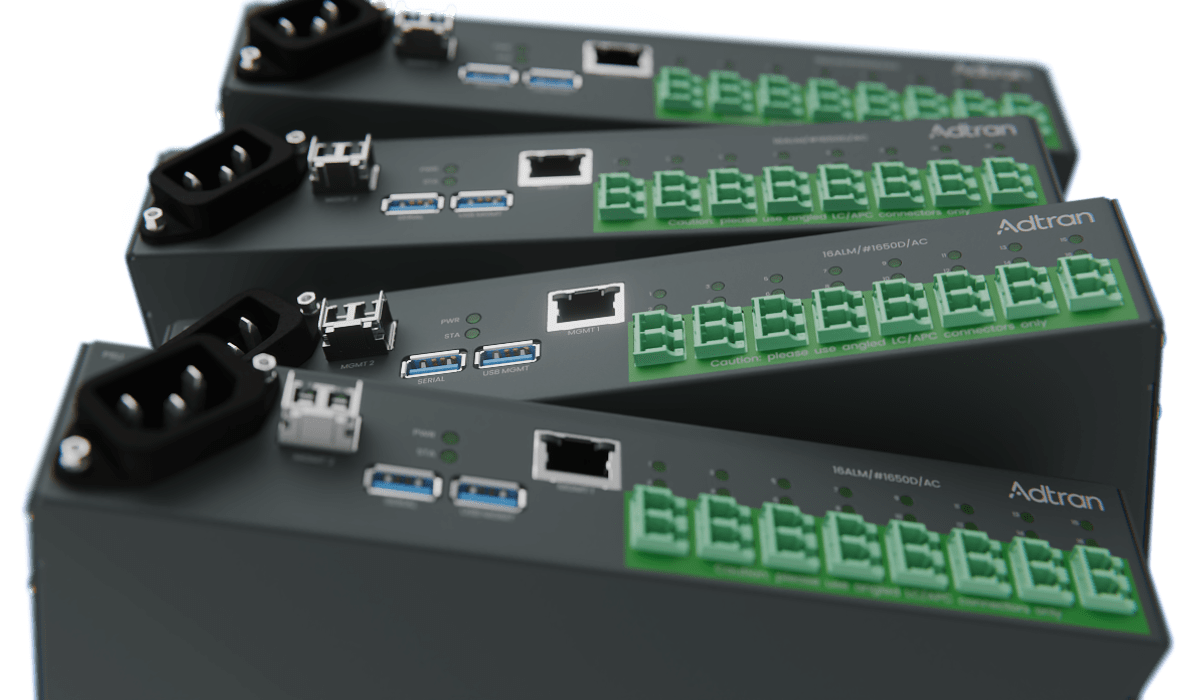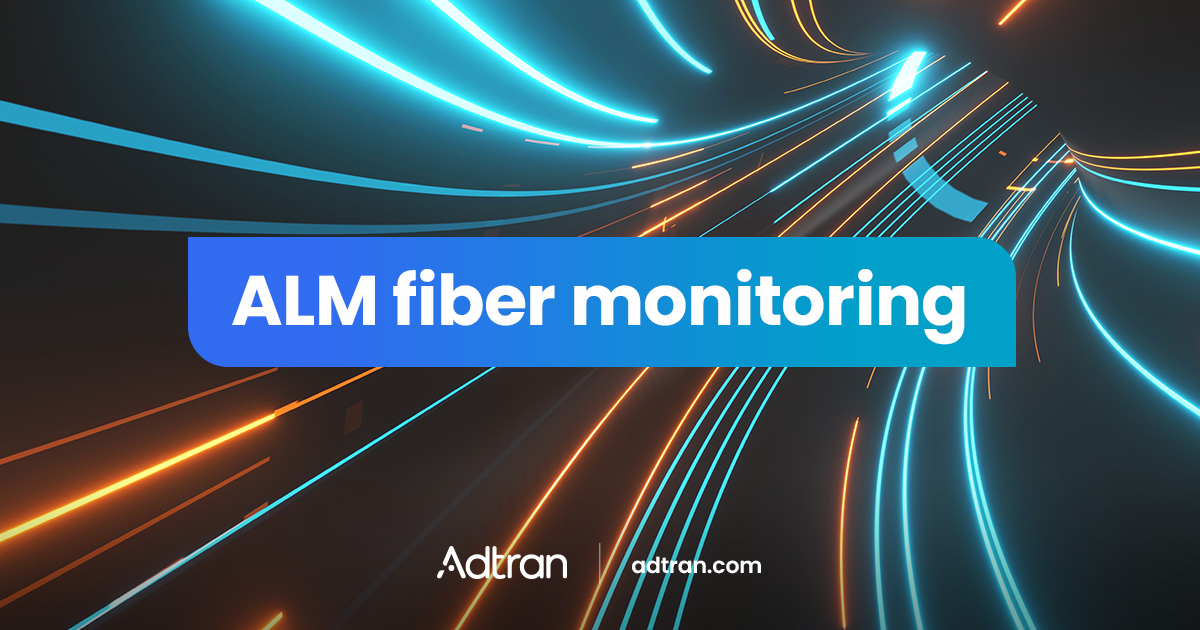What are remote test units?
An essential tool for proactive fiber monitoring
Fiber networks are built for speed and scale, but they’re not immune to physical damage. From accidental digs to poor splices, faults in the field can go unnoticed until customers are impacted. A remote test unit (RTU) – also known as a remote fiber test unit or remote test head – is a head-end appliance that houses an optical time domain reflectometer (OTDR) engine and an optical switch to probe multiple fiber strands from a central location. By continuously monitoring the physical layer, RTUs help network operators minimize downtime and maximize operational efficiency.
Spot problems early – before services fail
RTUs identify bends, breaks and high-loss events that can signal trouble ahead, helping you act before customers are affected.

As a compact remote test unit, Adtran’s ALM delivers real-time fiber monitoring that helps operators detect faults fast, reduce truck rolls and uphold SLAs.
Lower costs by reducing truck rolls
RTUs help pinpoint fault locations fast, cutting field visits and minimizing downtime.

How does a remote test unit work?
Inside the chassis, the OTDR sends low-power pulses – typically at 1,625 or 1,650nm – through an optical switch into multiple fiber strands. It then measures reflections and the effective loss profile of the fiber using backscattering. By comparing each sweep with a stored baseline, it can localize any anomaly, creating an alert with geographic information system (GIS) coordinates. Because the monitor wavelength stays outside the live traffic band, the RTU can detect microbends, cuts or illegal taps without disrupting service.
24/7 insight across your entire fiber network
Track fiber health continuously – from the core to the ONT – with always-on monitoring and GIS-based alerts.

Keep your fiber network under constant watch with ALM
Our ALM in-service fiber monitoring platform is a compact remote test unit for both active and dark fiber strands. Its high power efficiency and small footprint make it easy to deploy in access cabinets, backbone huts and data centers where space and power are limited. Passive optics and integration with our Mosaic Fiber Director analytics help operators locate damage to within ten meters. It also forms the foundation for our deep PON assurance (DPA) capabilities, extending ALM’s reach to the subscriber edge for unprecedented network insight. With instant alerts and location data, field teams can respond fast, shrinking mean time to repair and helping uphold even the most demanding SLAs.
Related resources
 ;
;

